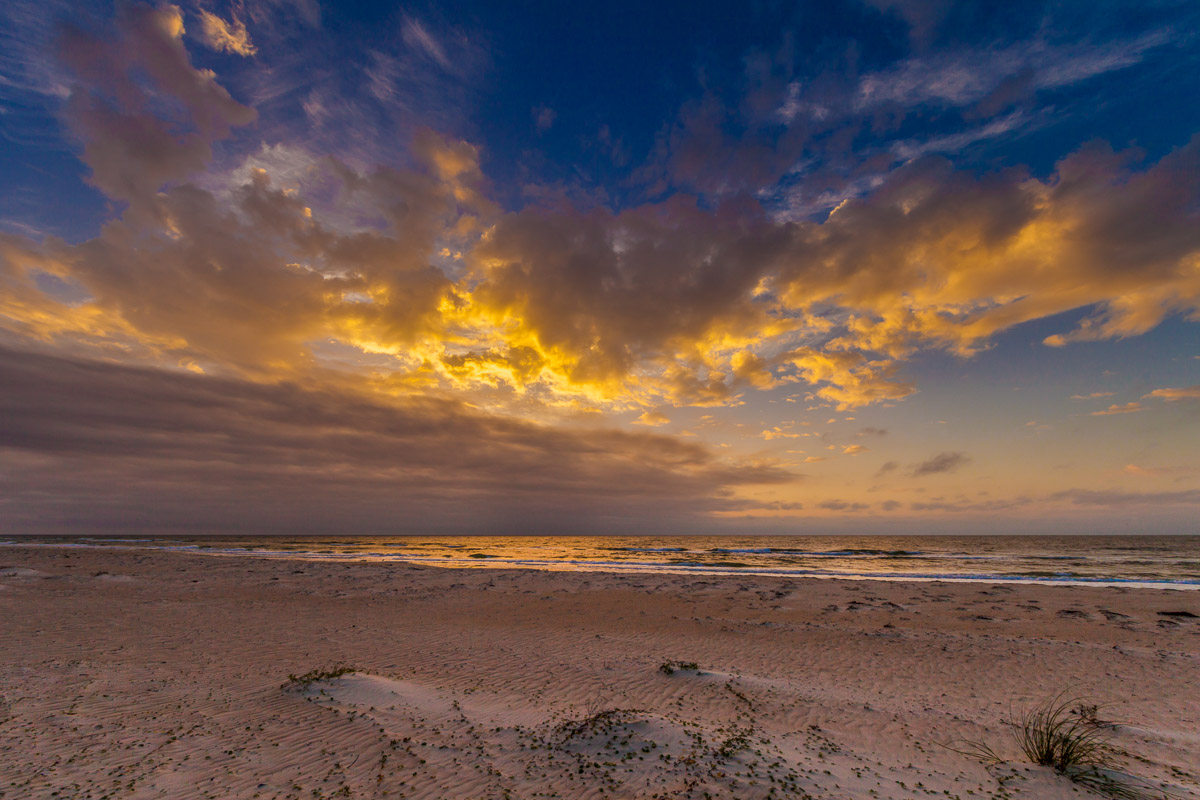Happy New Year, everyone!
Well, 2020 is finally over, and whatever it was, or wasn’t, is thankfully in the rear view mirror. Hopefully, we can now look forward to better times in 2021.
I have always strived to improve the artistic quality of the photographs I make. However, as I look back at the photographs I made over the last year, I realize that many of my images are more like snapshots. When I saw something interesting, I would set up my camera and press the shutter button with very little thought about the compositional piece of the pie.
Over the last few weeks, I have been watching a number of very inspiring and insightful videos by Simon Baxter. Simon is a professional landscape photographer from North Yorkshire, England, who specializes in woodland photography. (You can check out Simon’s Youtube channel here: https://www.youtube.com/channel/UCcGPU4A6xJ1OYOkvfMoo25w.) Watching these videos, there are two things that stand out to me about Simon’s approach to photography.
First is how relaxing and tranquil his experience seems to be. He doesn’t seem to put any pressure on himself to create an incredible image every time he presses the shutter button. Rather, he seems to simply be out enjoying a walk in the woods while happening to have his camera with him.
Yes, he is always actively looking for photographic subjects. And, yes, he sometimes goes out with a clear idea of an image he wants to create. But, if he captures a wonderful photograph, that’s great; if he doesn’t, that’s also just fine because he still enjoyed his walk in the woods. Whether he gets an amazing image or he doesn’t, any time he spends in the woods is time well spent.
The second thing I have taken note of is how carefully he sets up his shot. He’s not in a rush to grab “the shot” and move on to the next location. He studies the subject and area around it before he ever captures the image. He is very deliberate and meticulous about the overall composition of the photograph and pays attention to every detail in the scene. And, his final works show the results of those efforts.
Now, contrast that with the way I typically approach my own photography. When I go out to photograph, I put an incredible amount of unwarranted pressure on myself to create beautiful images. I go out with the mindset that if I don’t get an amazing photograph (or, preferably, a lot of amazing photographs), the trip was a failure. I am so focused on getting “the shot” that I don’t get to enjoy being outdoors noticing the sounds of the birds chirping overhead or the leaves rustling in the wind.
The pressure doesn’t end, either, when I find a suitable subject to photograph because I am rushing to capture the image and move on to the next location. I don’t take time to carefully examine the subject, what exactly drew my attention to it, or how can I best convey that in the picture. My consideration of photographic composition is usually cursory at best. Again, I am too focused on pressing the shutter button so I can move on.
Simon’s approach to photography, which lends itself to not just woodland photography but really almost any photographic genre, ultimately results in spectacular works of art that he intentionally created. My approach results in images that are maybe only slightly better than snapshot-quality pictures. When I do capture the occasional good photograph, it often feels like it is more a product of luck than a careful consideration of the combination of subject, lighting, and composition.
There have been a few times over the years when I have unknowingly emulated Simon’s photographic approach. I have arrived at a location in a relaxed state of mind just enjoying the mood and the atmosphere of the area I found myself in. I would just stand there for a few minutes soaking it all in. When I finally got my camera out, I took some of what I consider my best photographs during these times.
My goal has always been to consistently create high quality, artistic photographs. To achieve this goal requires that I change my approach to photography. To that end, I have developed four rules for myself that are designed to do just that:
Rule #1: Enjoy the trip. I am going to look at a photographic trip not as a means to an end but rather as an end unto itself. By this I mean that the point of the trip is to take a break from the regular routines of life. Not worrying about emails, phone calls, or meetings but simply enjoying being outside.
Rule#2: No pressure. I am going to put less, preferably no, pressure on myself to create amazing pictures. Following Rule #1 should go a long way in following Rule #2.
Rule#3: Slow down. I am going to carefully consider the composition of the scene. I will consider how the various elements in the scene are arranged and how the lighting interacts with those elements. Only after I am satisfied with both the subject and the composition will I press the shutter button.
Rule#4: Remember Rule #1. When the creative juices just aren’t flowing (and that is going to happen!), I will remember Rule #1.
I think following these four rules every time I go out will help me change my photographic approach and allow me to create the quality of photographs I am always trying to achieve. Regardless, it will help me slow down and just enjoy the process, and that, after all, is the ultimate goal.
Here’s to better and brighter 2021 and beyond!
